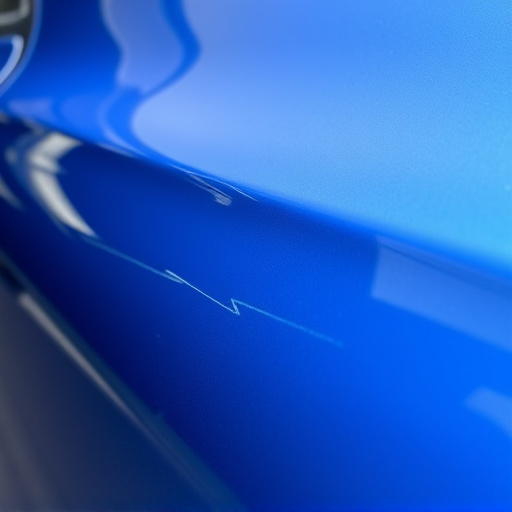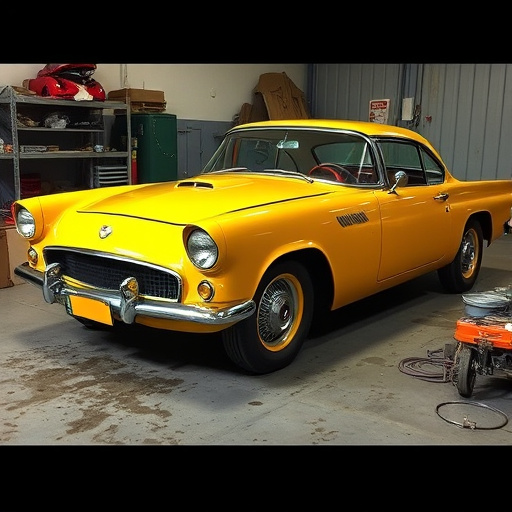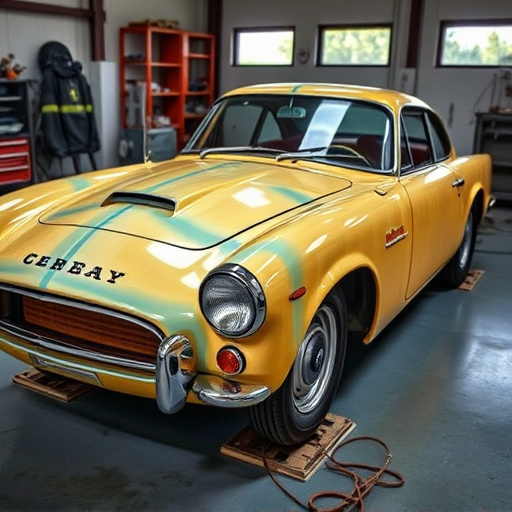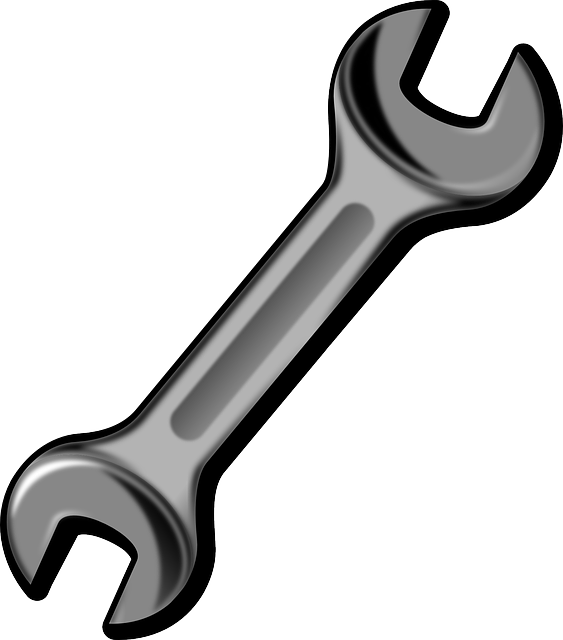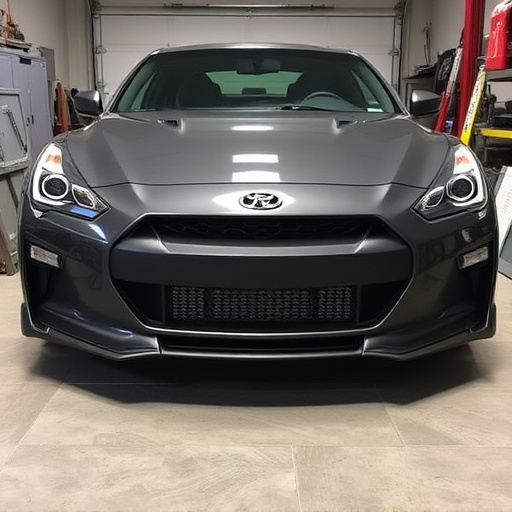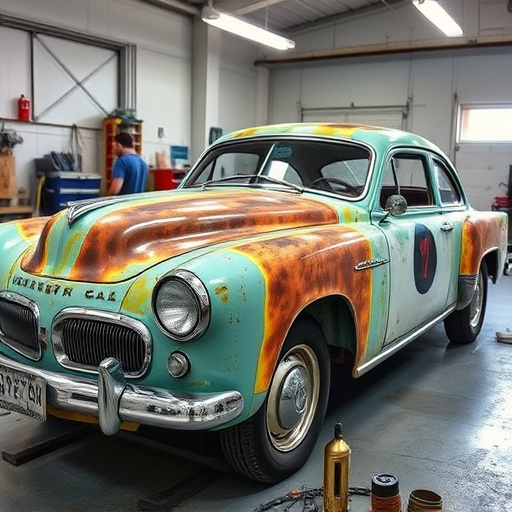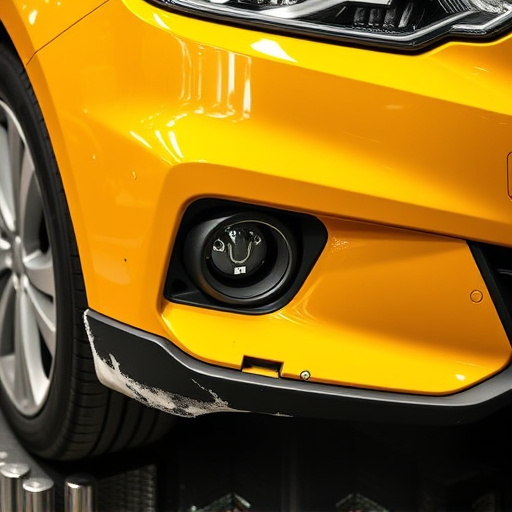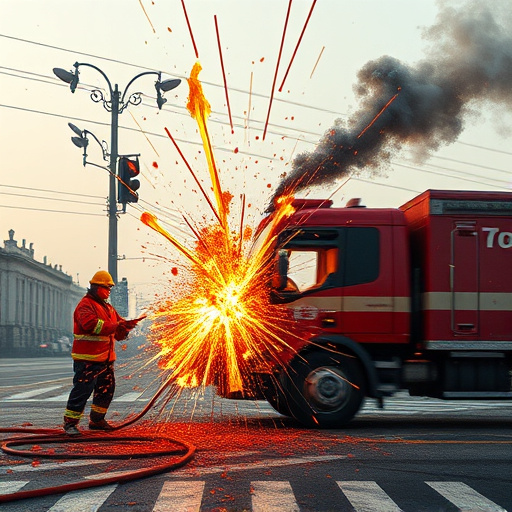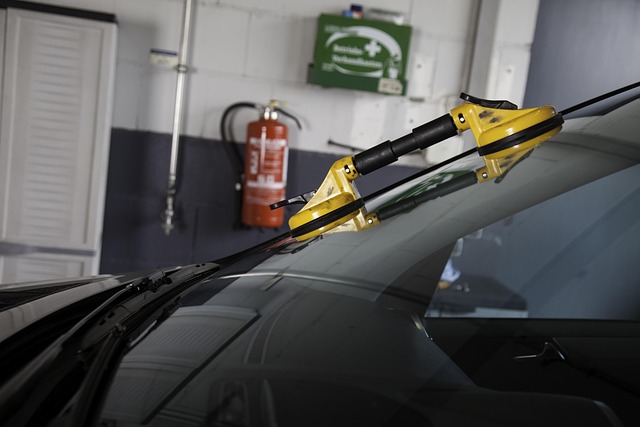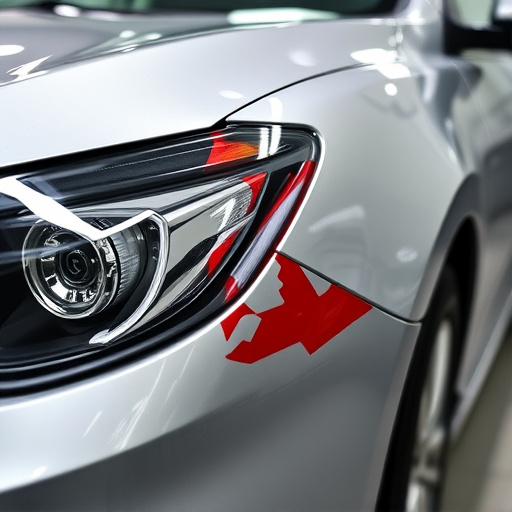Automotive refinishing shops face challenges in managing complex paint mixing, diverse vehicle surfaces, and multi-stage quality control. Advanced technologies like computer-aided systems aid precision but require staff training. Versatile techniques, skilled technicians, standardized protocols, and digital record-keeping enhance repair quality, ensuring customer satisfaction and shop competitiveness in the automotive collision repair industry.
In the dynamic landscape of automotive refinishing, shops face unique challenges that demand precision and adaptability. From managing intricate paint mixing formulas to efficiently handling diverse vehicle surfaces, ensuring consistent quality control is a multifaceted task. This article delves into these common hurdles, offering practical insights on how automotive refinishers can optimize their processes. Discover strategies for navigating complex paint chemistry, mastering varied surface treatments, and implementing rigorous quality assurance measures to elevate the art of automotive refinishing.
- Managing Complex Paint Mixing and Formulas
- Efficiently Handling Diverse Vehicle Surfaces
- Ensuring Consistent Quality Control Measures
Managing Complex Paint Mixing and Formulas

In automotive refinishing shops, managing complex paint mixing and formulas is a significant challenge that requires precise skills and attention to detail. With an ever-expanding array of vehicle colors and finishes available, maintaining accurate and consistent paint formulations can be daunting. Technicians must balance factors like pigment ratios, base coat types, clear coat thicknesses, and environmental conditions to achieve the desired finish. This precision is crucial for customer satisfaction, as even minor variations can impact the final aesthetic quality of a vehicle’s refinish, especially in high-end or custom finishes.
Moreover, the integration of advanced technologies like computer-aided mixing systems offers both benefits and complexities. While these tools streamline the process and reduce human error, they also necessitate ongoing training for staff to operate and calibrate them effectively. This continuous learning curve is essential as the automotive industry evolves, pushing collision centers and automotive repair services to stay at the forefront of paint technology while ensuring their technicians are adept at using new systems and formulas.
Efficiently Handling Diverse Vehicle Surfaces

In automotive refinishing shops, efficiently handling diverse vehicle surfaces is a significant challenge. Each car model and year presents unique material compositions and damage patterns, from minor scratches and dents to major collisions. This diversity demands a versatile approach in techniques and tools. For instance, while car dent removal for compact models may involve simple air compression and plastic welding, luxury vehicles might require intricate paintless dent repair methods due to their complex finishes.
Shops must invest in adaptable equipment that can handle various tasks, including sandblasting, painting, and clear coating. Skilled technicians also play a crucial role in customizing their approach for each vehicle, ensuring precision in repairs, be it fixing a fender bender or restoring extensive damage from car collisions. This adaptability not only ensures better results but also streamlines the workflow, making the shop more competitive in the automotive refinishing industry.
Ensuring Consistent Quality Control Measures

Maintaining consistent quality control measures is a significant challenge for automotive refinishing shops. With numerous stages involved in the refinishing process—from surface preparation to clear coating—ensuring each step meets high standards can be difficult. Shops must implement rigorous protocols and regular training programs to standardize procedures among employees, minimizing deviations that could impact final results.
Standardized quality checks at every stage of vehicle bodywork repair and scratch repair are crucial. This includes meticulous inspections using specialized tools to detect even microscopic defects. By adopting digital technologies for record-keeping and process monitoring, refinishing shops can enhance accuracy, facilitate traceability, and ultimately deliver superior outcomes. Consistent quality control not only ensures customer satisfaction but also builds trust in the services provided, fostering a positive reputation for the shop in the automotive collision repair industry.
Automotive refinishing shops face unique challenges in managing paint mixing, handling diverse vehicle surfaces, and maintaining consistent quality control. By adopting efficient systems for formula management and quality assurance, these businesses can streamline operations, enhance productivity, and ultimately deliver superior refinishing results. Embracing innovative practices and staying attuned to industry trends will continue to be key factors in the success of automotive refinishing shops in an ever-evolving market.
